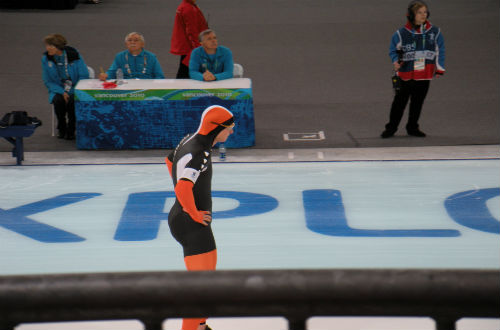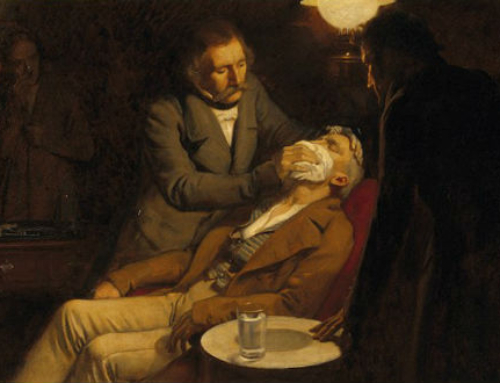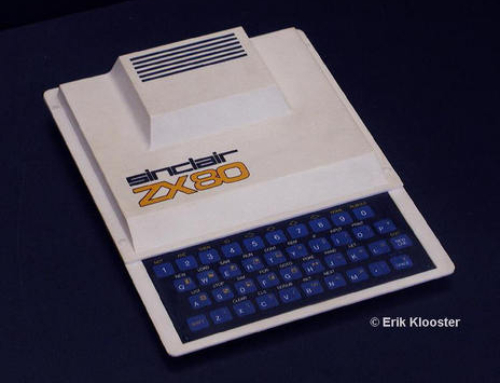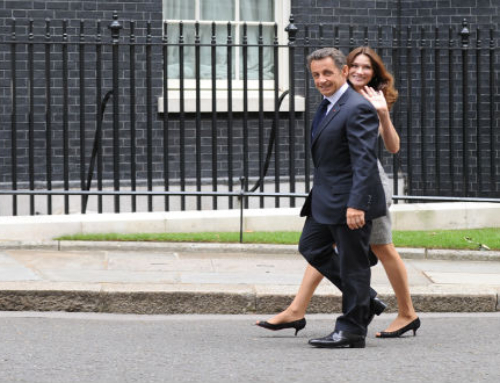Ar nsa̲di nt'ot'e:
The intention was to build a properly functioning rocket as quickly as possible which could compete with The Soviet Union’s Sputnik. They wanted to put a lot of money into the project in a short amount of time so that a good, competitive rocket could be built as quickly as possible.
Ar nt'uni:
22 unsuccessful training flights. The rocket just did not want to function properly.
Ar nsa̲di:
They did not reflect on it fundamentally. There seemed to be a different defect 22 times. The same error did not appear more than once. Only when they performed an in-depth investigation of the entire set up of the program did they achieve a successful flight. Making repairs alone was therefore not sufficient.
xí na ya'bu̲:
The program leader was very clear when he said; “Failure analysis is basically research, when you get down to it. You recover and learn from mistakes; you don’t do that with success.”
Publicado nge:
S. J. Hogenbirk
MA 'RA YA FRACASOS BRILLANTES
Ganador Premio del jurado OS 2010 – Vredeseilanden – Crédito pa cooperativas jar congo
Ar nsa̲di nt'ot'e: Proporcionar capital préstamo ya cooperativas pa ar compra ne ar recolección cultivos. 1. Vredeseilanden distribuyó capital préstamo da japu'befi da mats'i ya cooperativas. Préstamos iniciales, wat'i, hingi ar pagaron. [...]
Ya Juegos Olímpicos 10.000 ma metros Sven Kramer jar Vancouver (2010)
Ar intención ga tähä ar k'axt'i jar Juegos ya Olímpicos 10.000 'ma̲i ár jar Vancouver. Enfoque kemkers ne Kramer mpe̲fi ga̲tho ja 'nar nt'ot'e exhaustiva ne da basa jar 6 ya je̲ya intensa ar mfats'i ne ya resultó jar innumerables [...]
Brilliant Failure Award Care – 20 Nobyembre 2024
Pa 20 november worden voor de tiende keer de Briljante Mislukking Awards Zorg georganiseerd door het Instituut voor Briljante Mislukkingen












